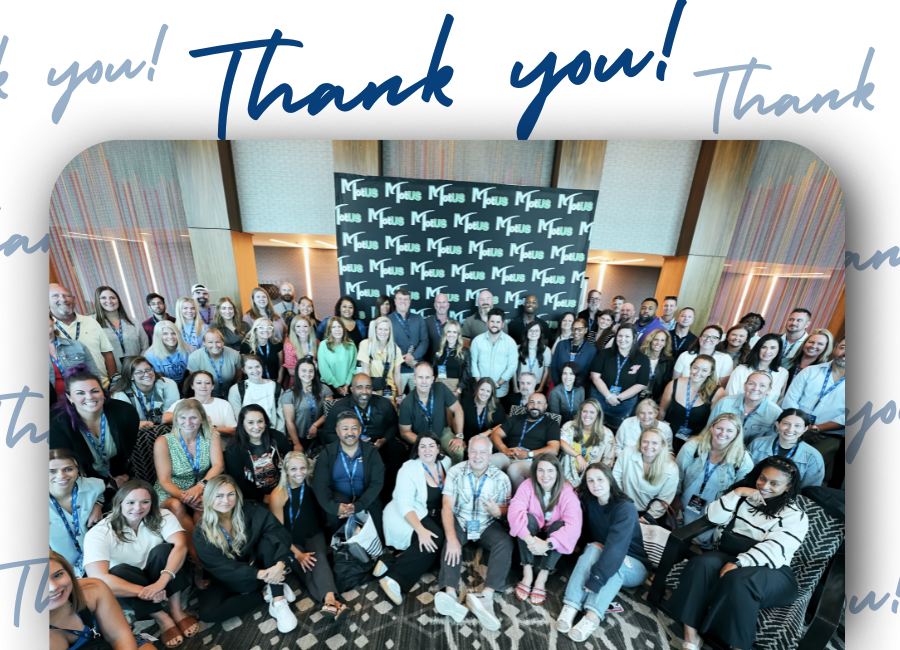Transform Your Staff Meetings from Time-Wasters to Game-Changers

Ask any coach or staff member how they feel about meetings and you’ll probably get an eye roll. Too often, staff meetings feel like long lectures, information dumps, or — worse — a waste of time that could’ve been spent coaching.
But here’s the truth: staff meetings don’t have to be boring or unproductive. In fact, when done well, they can be one of the most powerful tools you have to build culture, strengthen communication, and get everyone aligned around your vision.
In this blog, we’ll break down how to turn your staff meetings into motivating, purposeful sessions that your team actually looks forward to.
1. Why Staff Meetings Matter
Even if your gym feels small, staff meetings are essential because they:
- Keep everyone on the same page – No more confusion about schedules, expectations, or policies.
- Strengthen culture – Meetings reinforce your core values and the way you want staff to interact with athletes and parents.
- Build leadership skills – They give coaches and staff opportunities to share ideas and take ownership.
- Create alignment – When everyone understands the bigger picture, they work better together.
- Prevent fires – Addressing small issues in meetings keeps them from turning into big problems.
2. The Biggest Mistakes in Staff Meetings
Let’s be honest — the reason staff meetings have such a bad reputation is because of how they’re usually run. Common mistakes include:
- Too much talking, not enough listening – Owners and directors dominate instead of creating dialogue.
- No agenda – Meetings feel random, scattered, and never-ending.
- Information overload – Reading every detail that could’ve been sent in an email.
- Lack of follow-up – Decisions get made but never implemented.
- Negativity focus – Only discussing what went wrong instead of celebrating what’s going right.
3. The Formula for Staff Meetings That Rock
Here’s a MotUS-approved structure that keeps meetings effective, efficient, and energizing:
1. Open with Wins (5–10 minutes)
- Start on a positive note. Ask coaches to share highlights from the week — athlete breakthroughs, parent shoutouts, or fun moments. This builds morale and sets the tone.
2. Review Core Values (5 minutes)
- Pick one value to spotlight. Share a story of how it showed up in the gym that week. This keeps culture front and center.
3. Key Updates (10–15 minutes)
- Share important info like schedule changes, upcoming events, or policy reminders. Keep it concise — what staff must know.
4. Staff Voice (15–20 minutes)
- Open the floor. Let staff bring up challenges, brainstorm solutions, or share ideas. This turns your meeting into collaboration, not just a lecture.
5. Training or Development (15 minutes)
- Invest in your staff with a mini workshop. Topics could include:
- Conflict resolution with parents
- Spotting safety refreshers
- Social media tips for coaches
- Leadership development
6. Action Steps + Wrap-Up (5 minutes)
- End with clarity. Summarize key takeaways, assign action items, and confirm next meeting.
4. Tips for Making Meetings Engaging
- Keep them short – Aim for 45–60 minutes max.
- Rotate facilitators – Let different staff members lead sections to build ownership.
- Add interactive elements – Use roleplays, games, or quick brainstorms to keep energy high.
- Provide snacks/coffee – It may seem small, but it shows you value their time.
- Use technology – If staff can’t attend in person, use Zoom or record the session.
5. The Ripple Effect of Great Meetings
When staff meetings are run well, they:
- Empower your staff to feel valued and included.
- Improve communication with athletes and parents because your staff is aligned.
- Reduce turnover because staff enjoy being part of a supportive, professional environment.
- Strengthen your gym’s culture by reinforcing your values and mission.
6. A MotUS Perspective
At MotUS, we believe leadership isn’t about having all the answers — it’s about creating space for collaboration, growth, and shared vision. Staff meetings are one of the most practical, overlooked ways to do this. Done right, they don’t drain energy; they create it.
Key Takeaways
- Staff meetings aren’t optional — they’re vital for alignment and culture.
- Avoid common mistakes like no agenda, too much talking, or negativity.
- Use a clear structure: Wins, Values, Updates, Staff Voice, Development, Action Steps.
- Keep meetings short, interactive, and collaborative.
- Great meetings empower staff, reduce turnover, and build culture.
Final Word
Your staff is the heart of your gym. When they feel informed, valued, and invested in, they pour that same energy into your athletes and families.
Don’t waste your staff meetings. Use them as a leadership tool to grow your people — and your gym.











